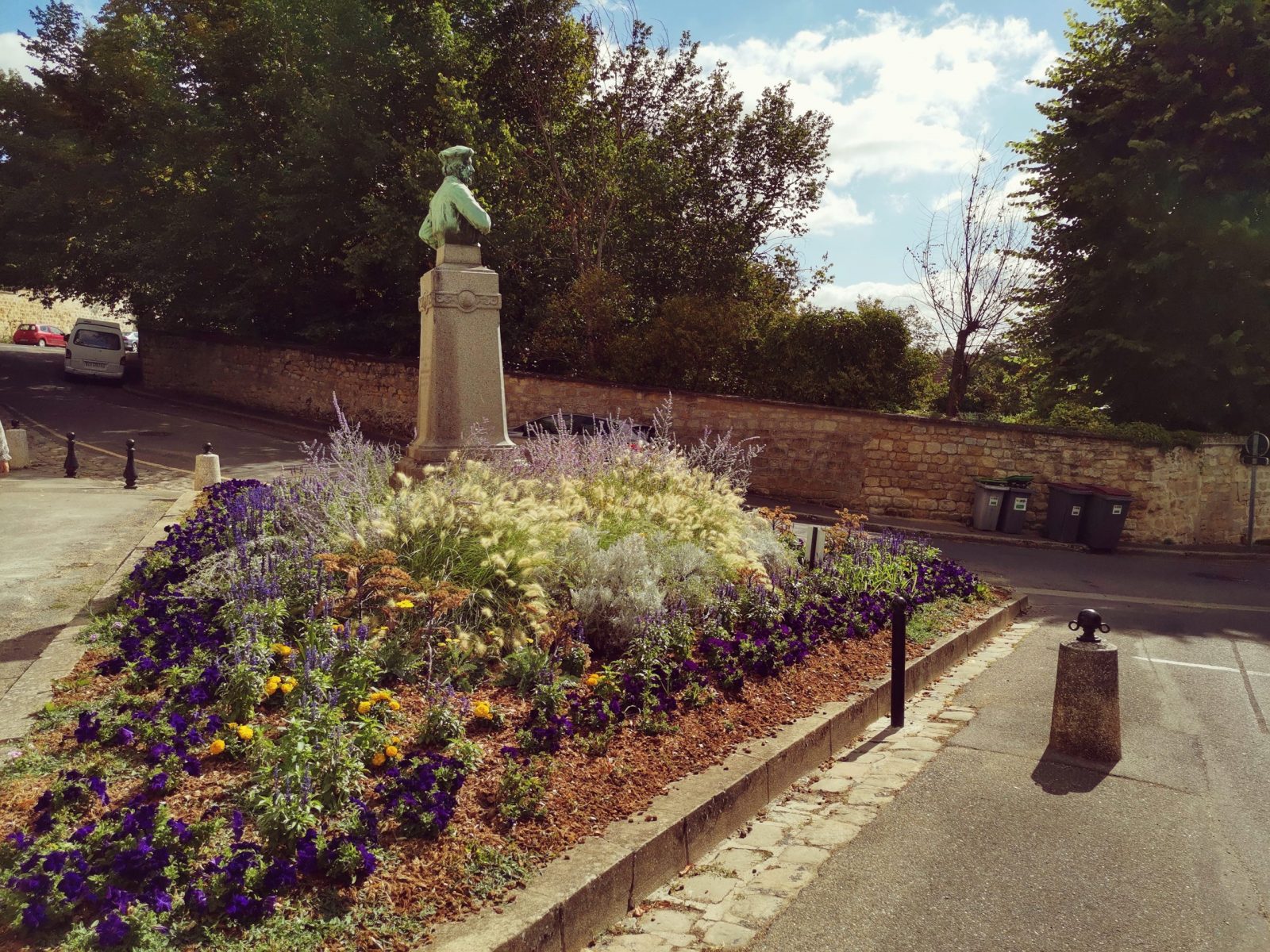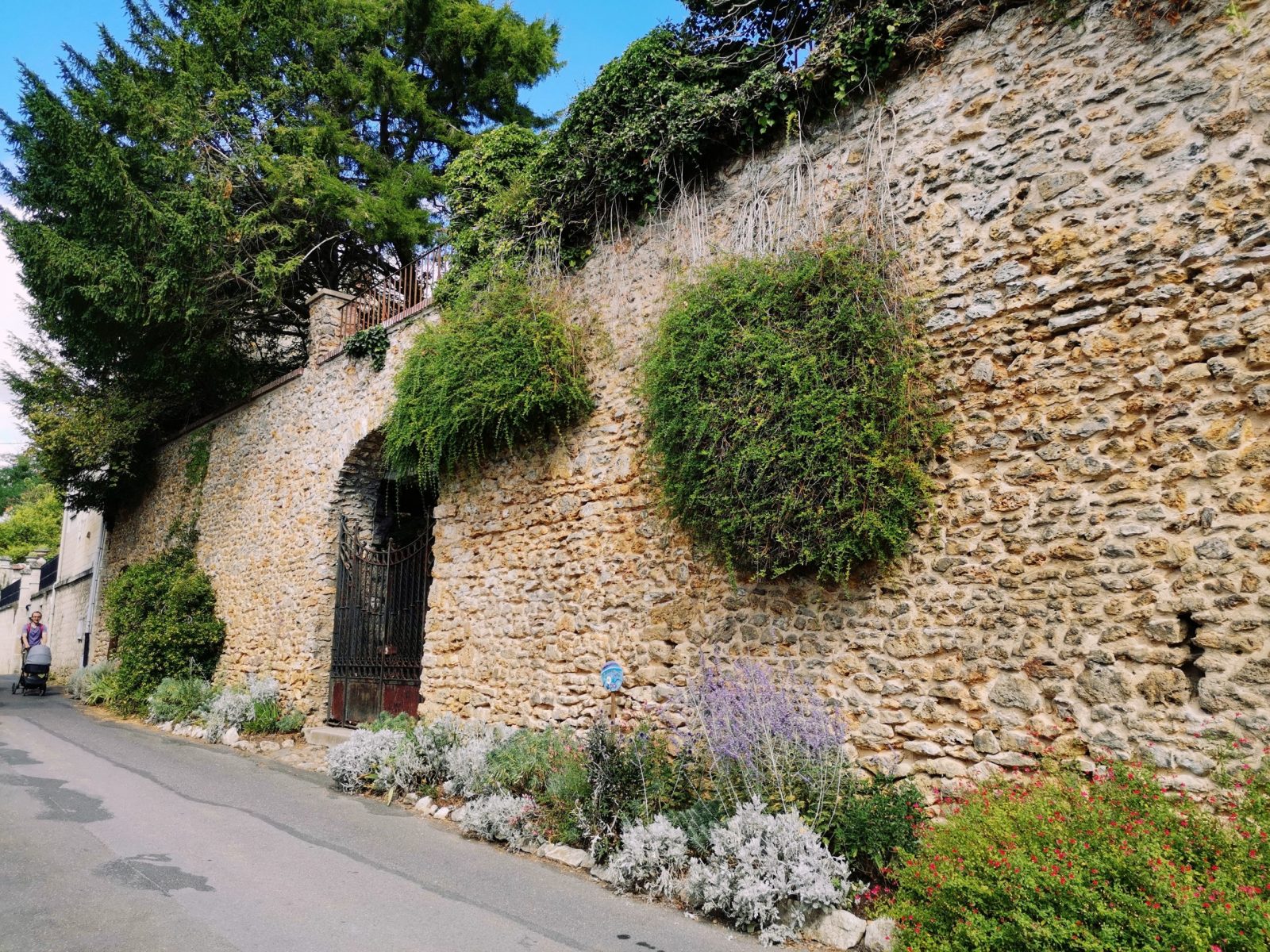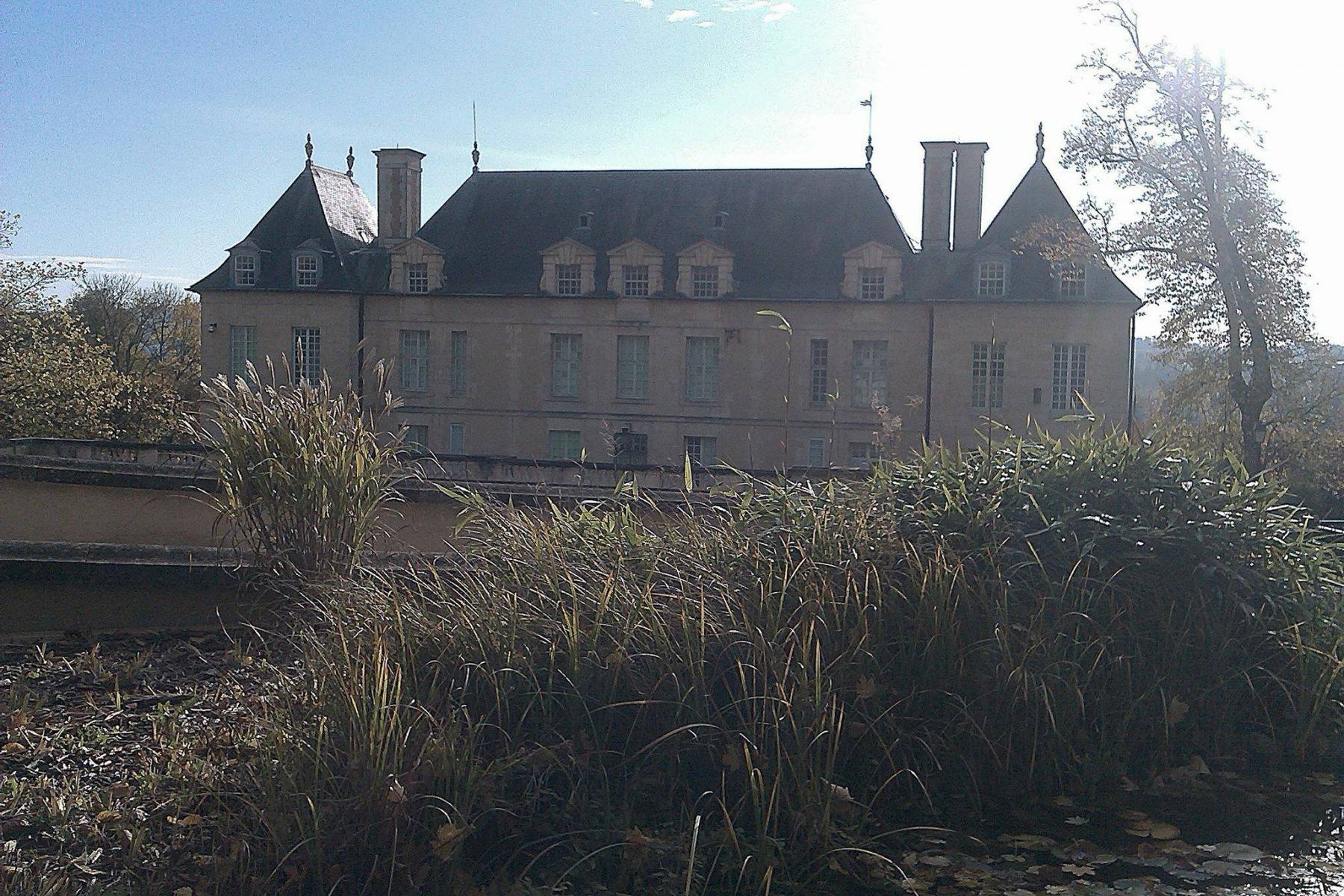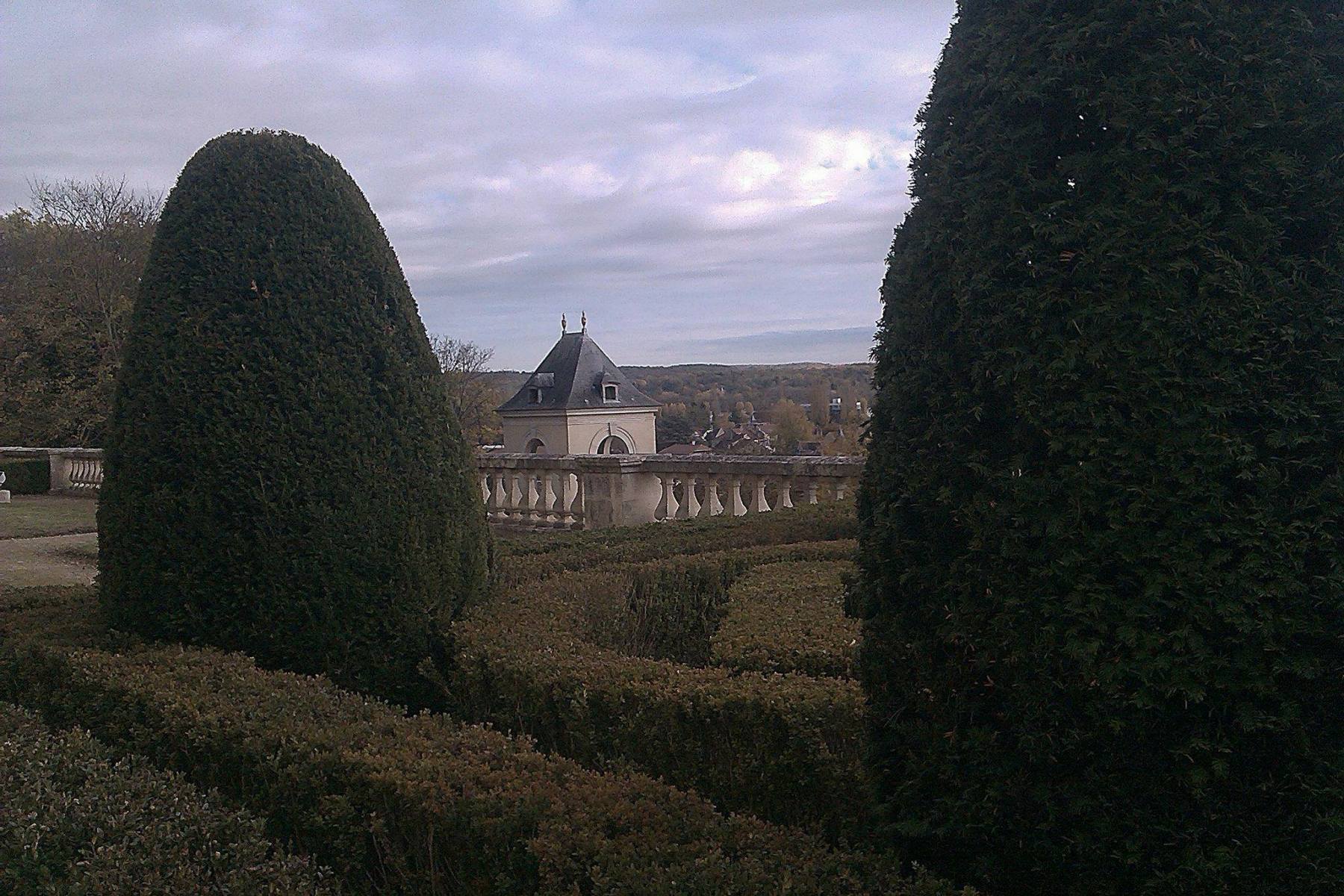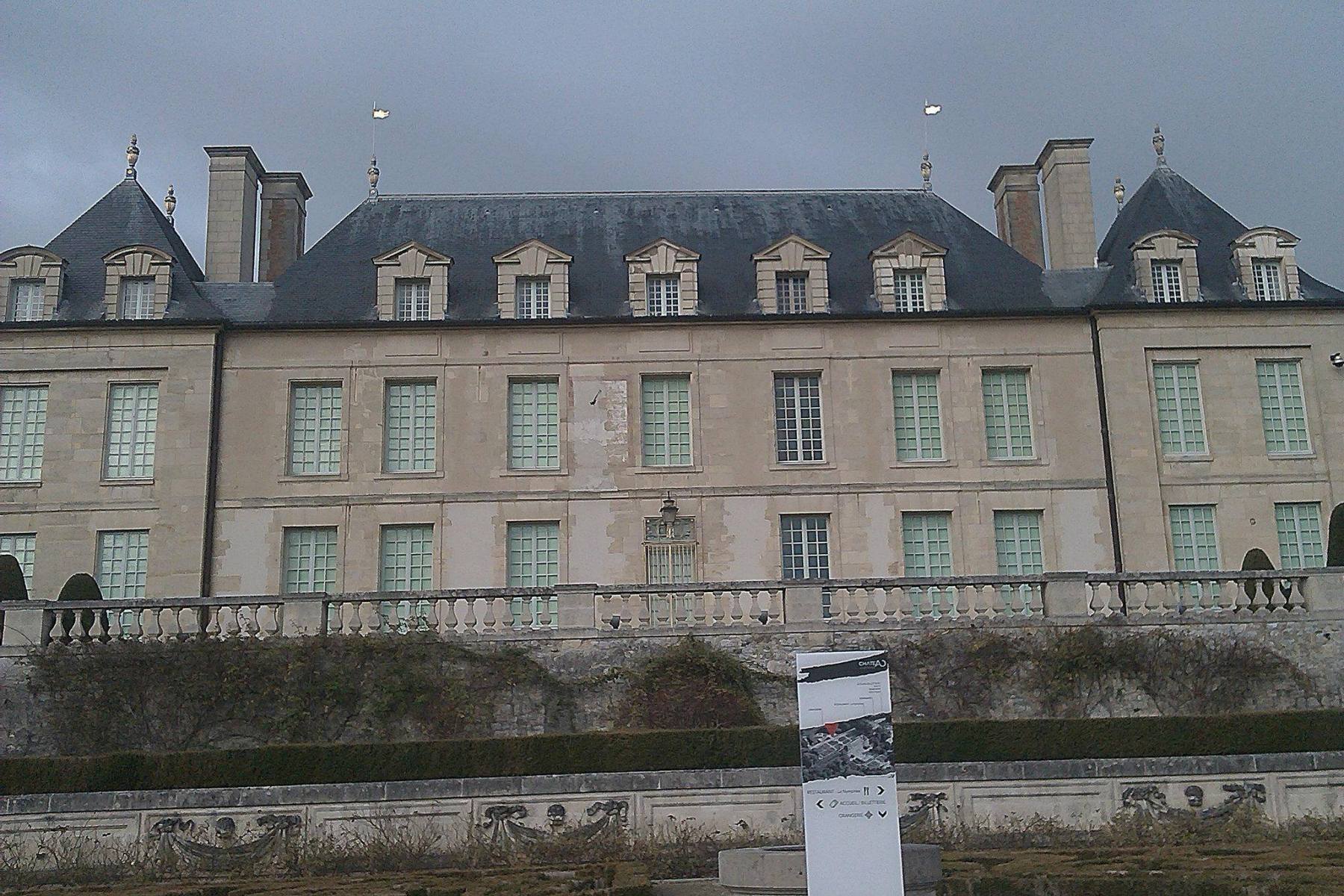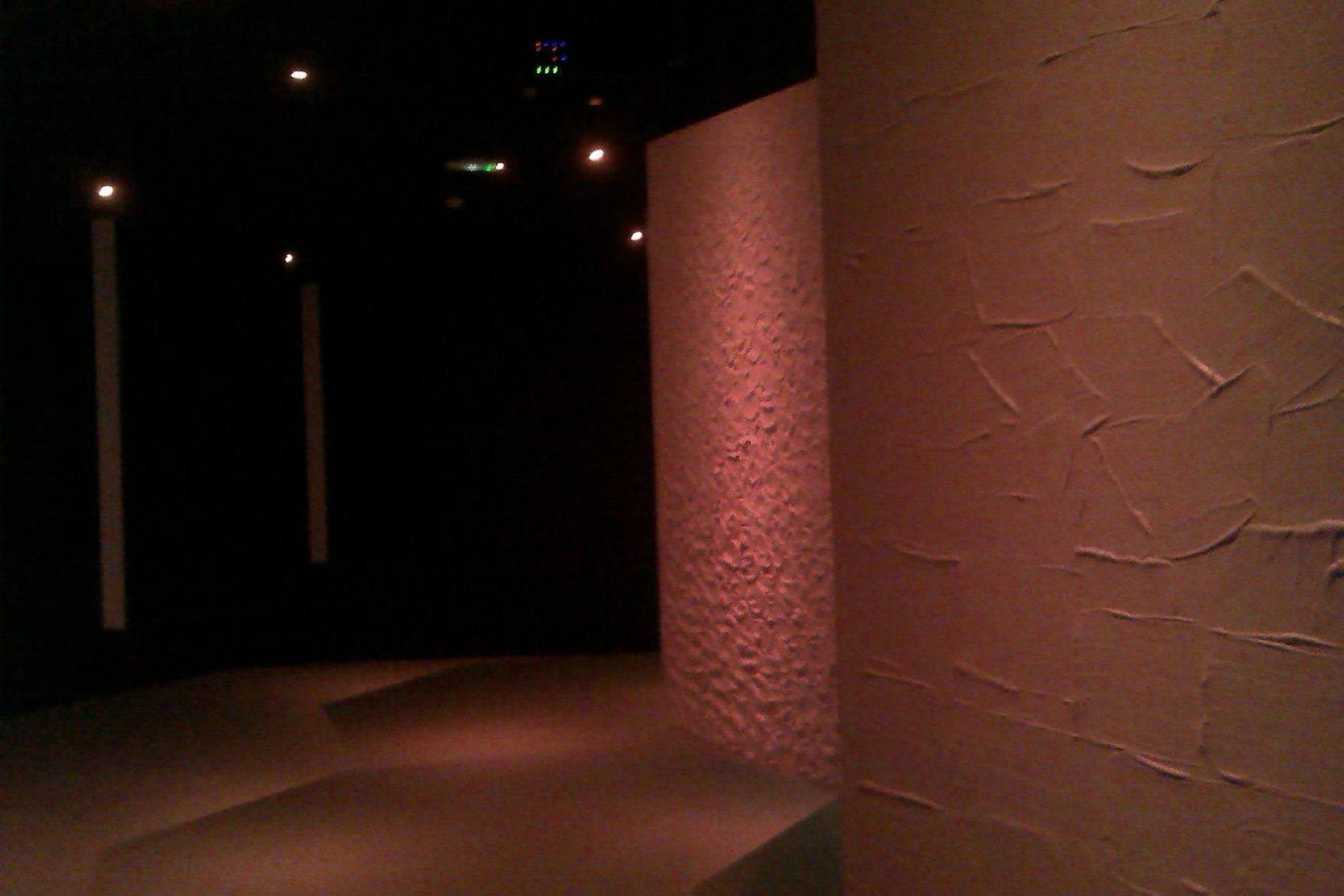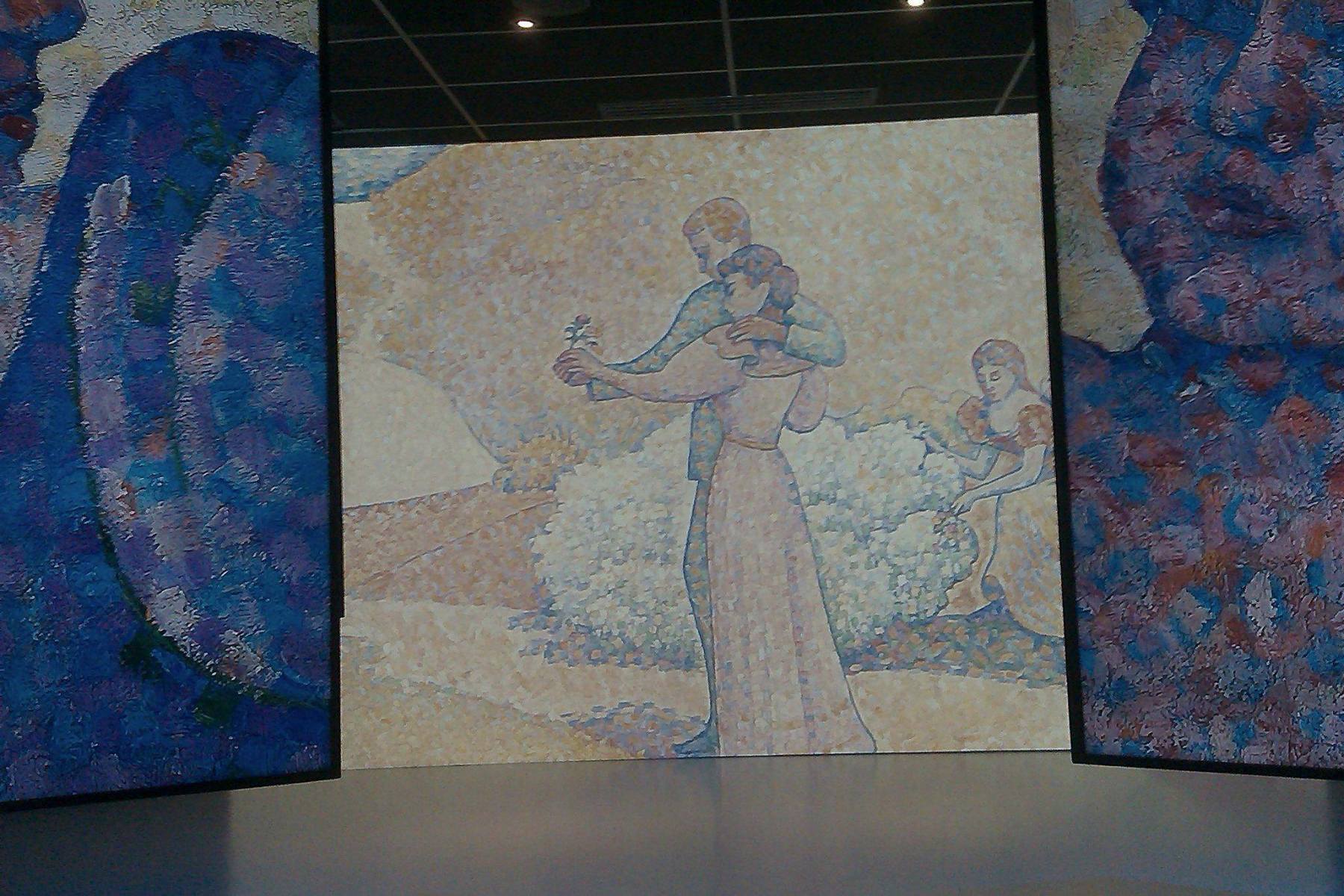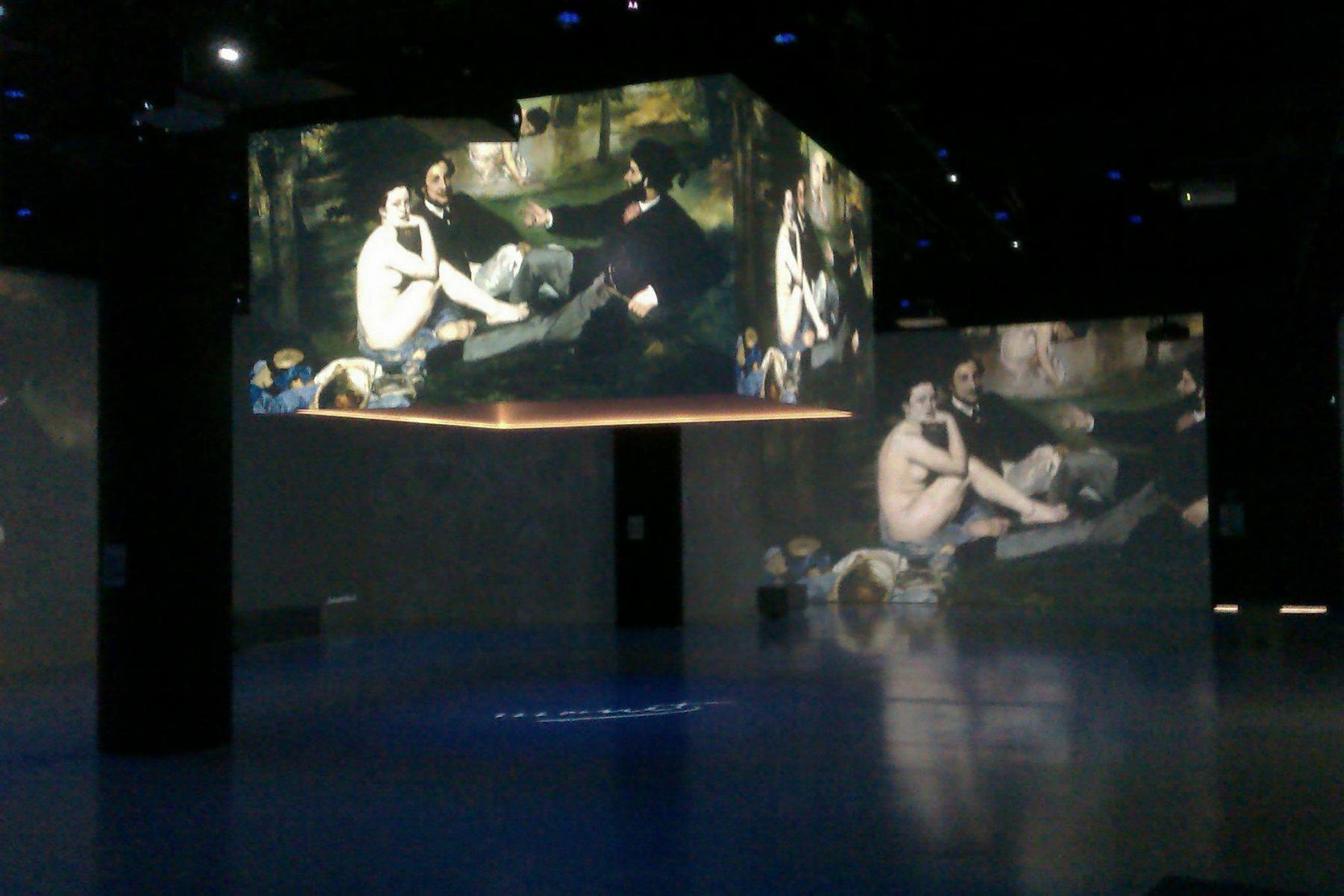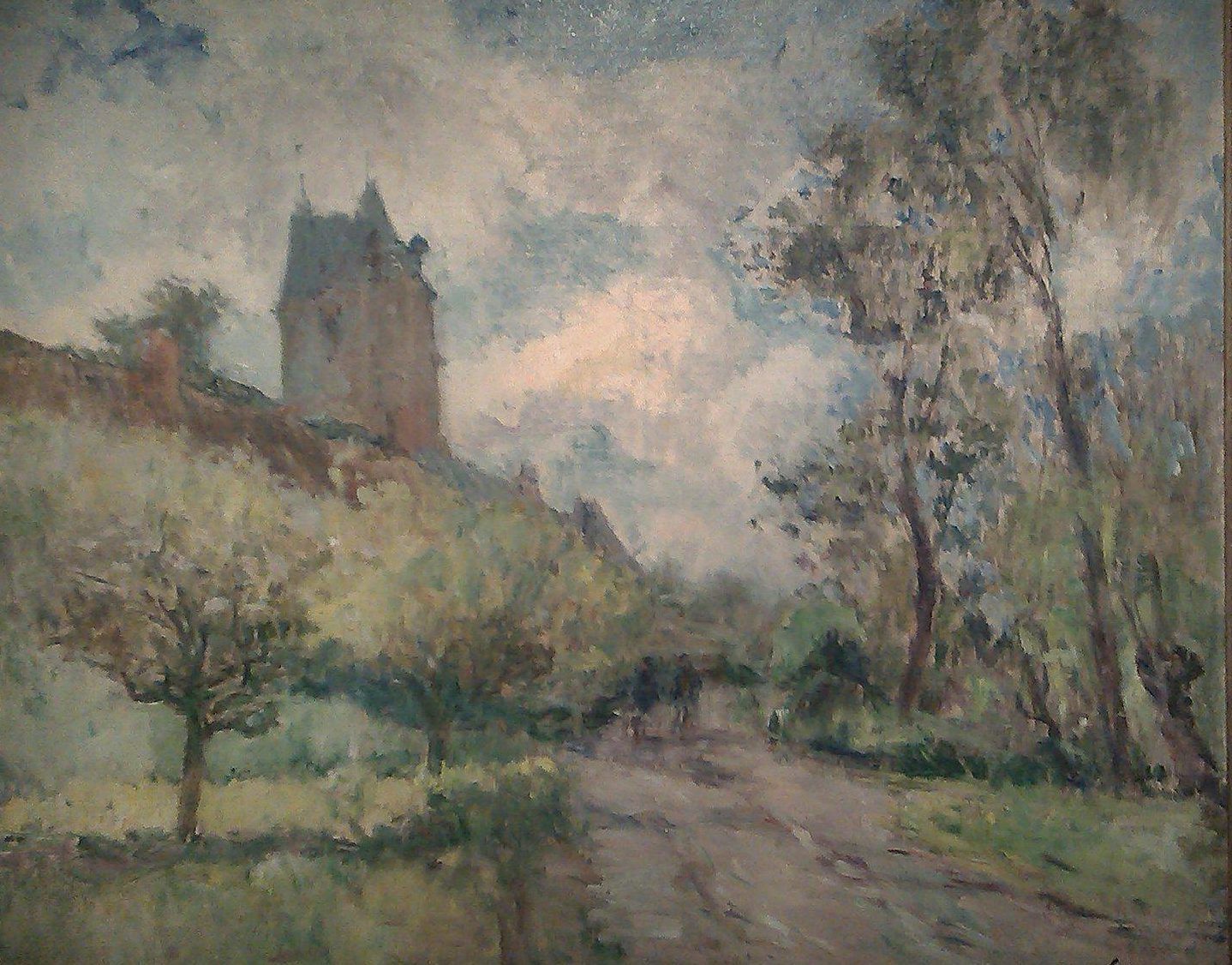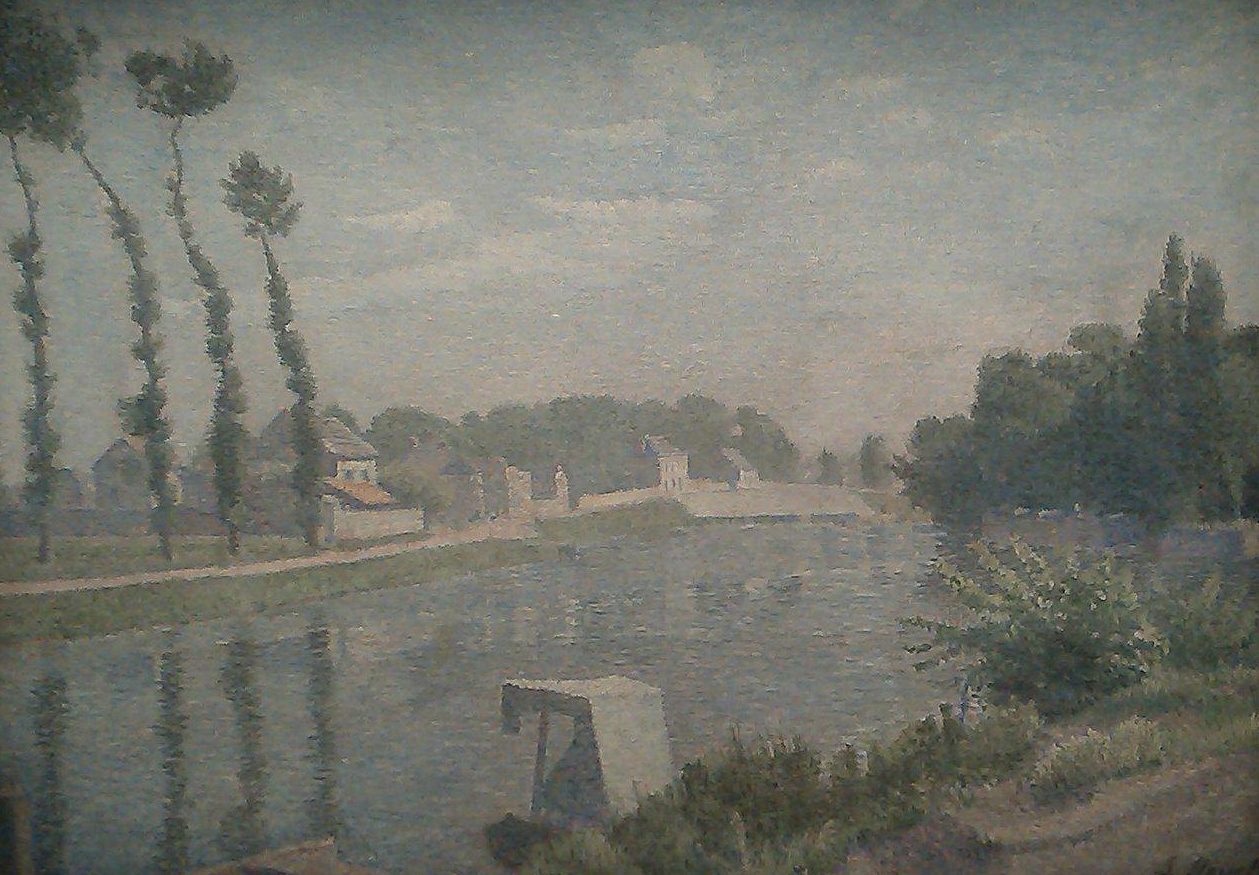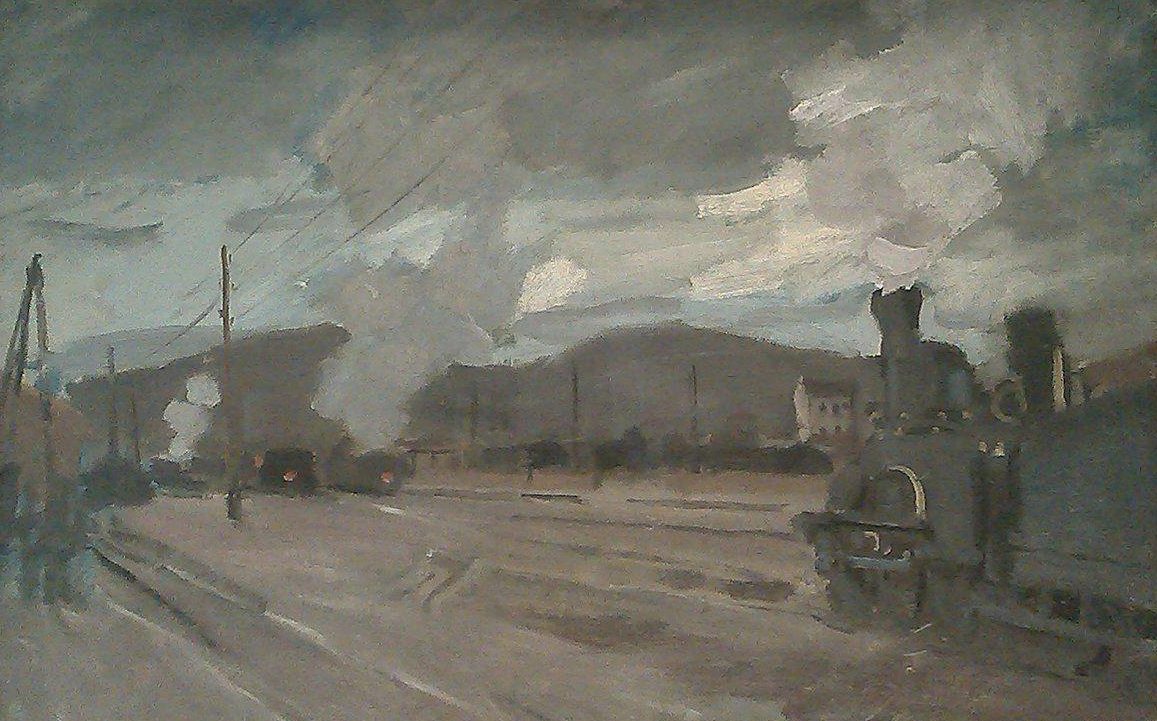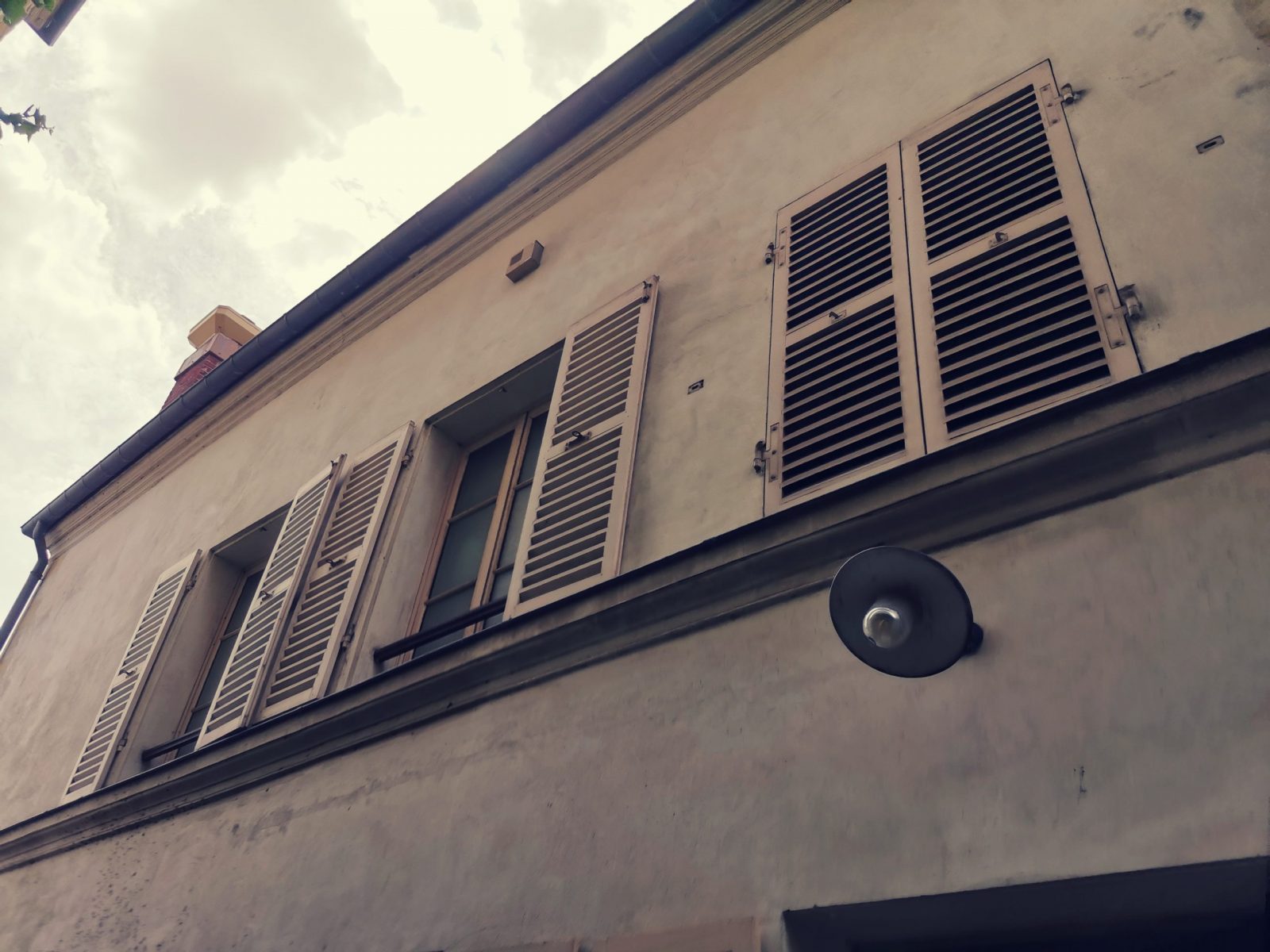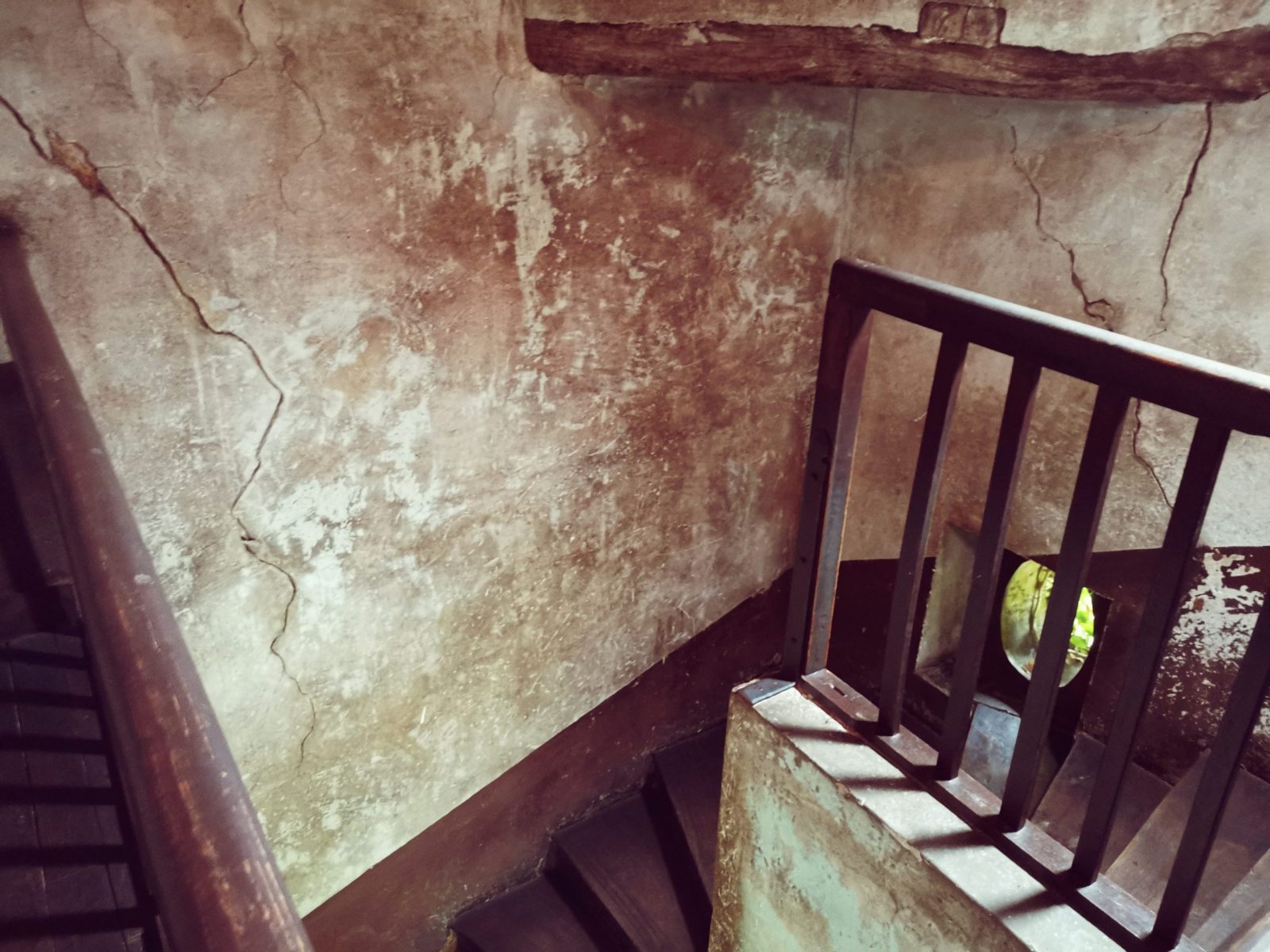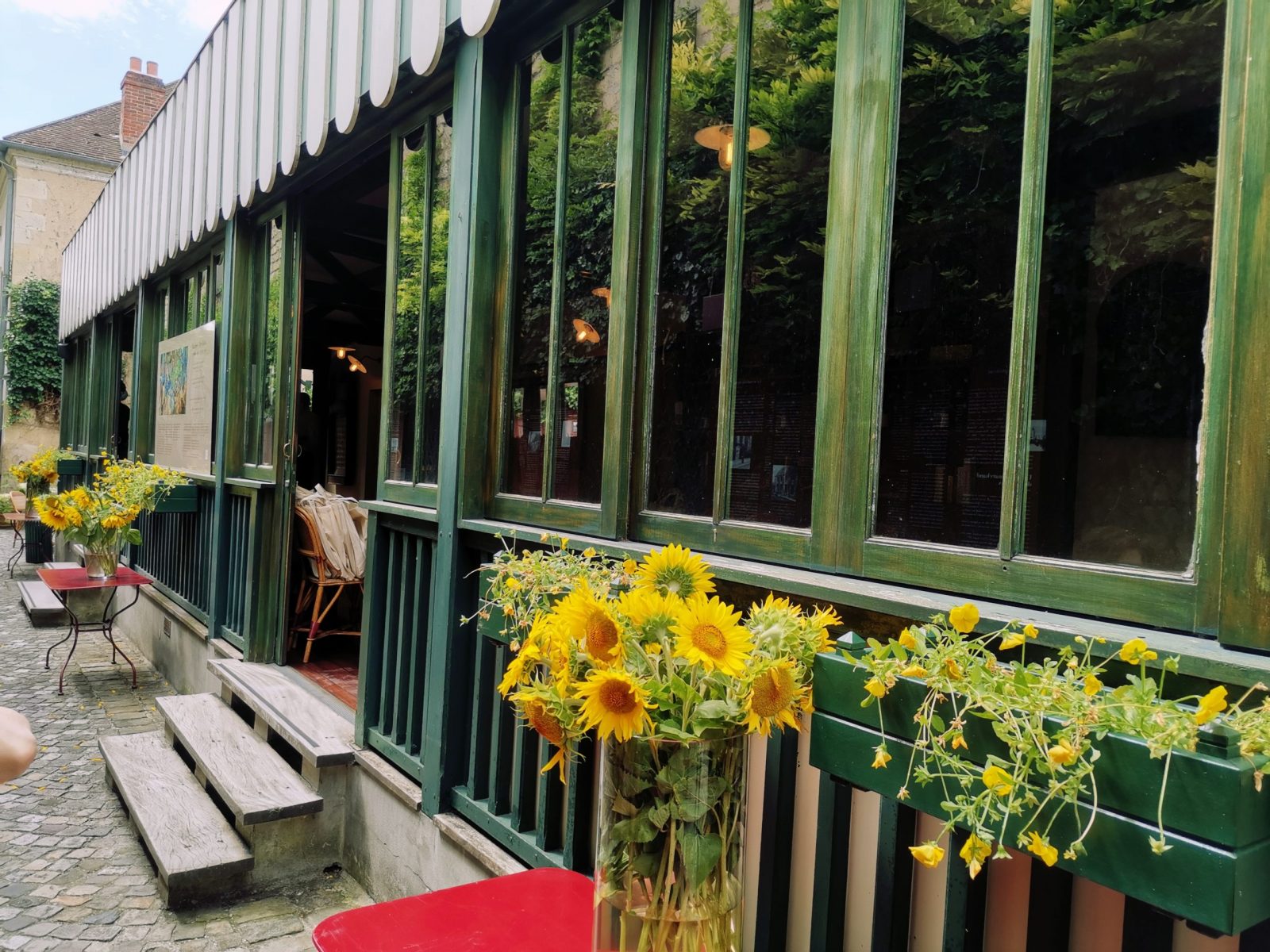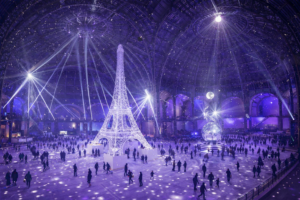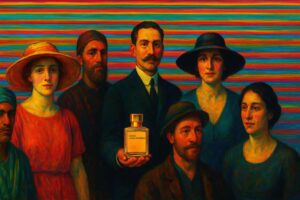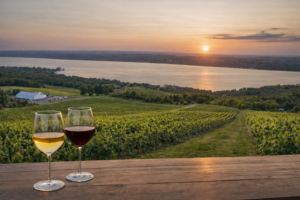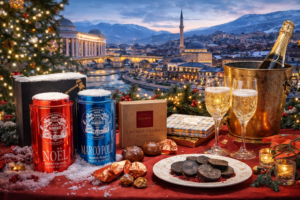Following the roots of Van Gogh and the impressionists in Auvers-sur-Oise
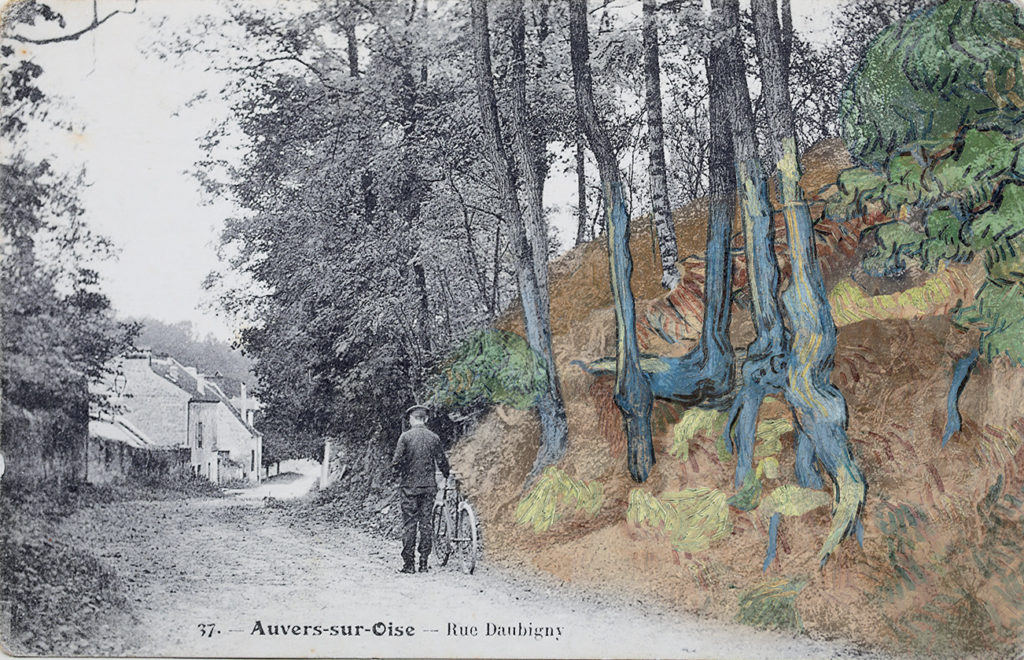
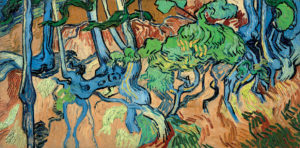 Following our prior article about the childhood of Vincent Van Gogh in the Netherlands (to read here) and our article about his favorite Absinthe drink (to read here), this time we focus on his last days spent in the French village of Auvers-sur-Oise and especially through his most notable places. Apart them, we would tell you about the last discovery about this legendary artist… A few quirky stumps, visible roots, situated at the edge of a small road close to the city hall of Auvers-sur-Oise, which, in the space of a few weeks, became the object of all the attentions of a bunch of art historians.
Following our prior article about the childhood of Vincent Van Gogh in the Netherlands (to read here) and our article about his favorite Absinthe drink (to read here), this time we focus on his last days spent in the French village of Auvers-sur-Oise and especially through his most notable places. Apart them, we would tell you about the last discovery about this legendary artist… A few quirky stumps, visible roots, situated at the edge of a small road close to the city hall of Auvers-sur-Oise, which, in the space of a few weeks, became the object of all the attentions of a bunch of art historians.
Thus, these relics are not just any other strains. Indeed, according to the Van Gogh Institute, an association working to preserve the memory of Vincent van Gogh, these roots would have served as a model for the last painting painted by the artist, on July 27, 1890, an unfinished canvas entitled Racines. The 37-year-old painter who was staying in Auvers-sur-Oise, unfortunately killed himself that same evening with a bullet in the chest. He eventually succumbed, two days later, after excruciating suffering, in his room at the Auberge Ravoux. By AP
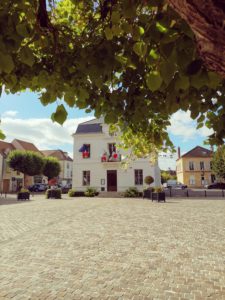
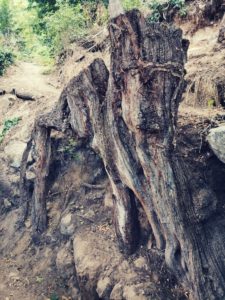
Indeed, on the 28th July 2020, took place the inauguration ceremony of the site of the realization, 130 years ago, of Van Gogh‘s last masterpiece, simply called Racines d’Arbres (Tree Roots), just painted before his regretted death. The event took place in the presence of Emilie Gordenker, Director General of the Van Gogh Museum in Amsterdam, and Willem van Gogh, great-grandson of Theo, Vincent‘s brother (photo credits: AP).
The discovery of the exact place where Van Gogh painted this last painting was supposedly made by Wouter van der Veen, the scientific director of the Van Gogh Institute, also located in Auvers-sur-Oise. Indeed, Wouter Van der Veen had luckily found a postcard dating from 1900-1910 on which, among other things, there was pointing a hill covered with trunks and roots.
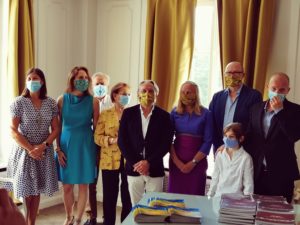
Starting from this statement, he substantiated and documented this finding in a book, especially written for the occasion, Attaqué à la Racine (Attacked at the Root), following his report to the researchers Louis van Tilborgh and Teio Meedendorp of the Van Gogh Museum. The data were then transferred to Bert Maes, dendrologist and historic forest specialist who agreed with other experts, based on Van Gogh‘s artistic practice and the comparison between the painting, that this postcard and the current position of the hillside was “very likely” the right place.
At the inauguration ceremony, two distinguished guests: Vincent Willem van Gogh, the great-grand-nephew of the painter Vincent van Gogh and Emilie Gordenker, director of the Van Gogh Museum in Amsterdam.
In this sense, Wouter van der Veen (the Scientific Director of the Van Gogh Institute) admits: “Everything we see in this enigmatic painting can be explained by what is on the postcard and in the place itself: the shape of the hill, the roots, their configuration, the composition of the terrain and the presence of a steep outcrop of limestone rock. The place is also consistent with Van Gogh‘s habit of immortalizing the grounds located in its immediate surroundings. The sunlight painted by Van Gogh shows that he applied his final brushstrokes towards the end of the afternoon, which tells us about his schedule during this dramatic day, which ended with the suicidal gesture which was fatal to him.”
Resulting from this analysis, and quickly after the end of the confinement in France linked to the Covid-19 crisis, in May 2020, Wouter van der Veen was able to go there to verify his hypothesis formulated a few months before. The site is situated 150 meters away from the legendary Auberge Ravoux, the establishment where Van Gogh spent the last 70 days of his life and also close to the pictural Église Notre-Dame-de-l’Assomption and the village cemetery, where Vincent Van Gogh is buried close to his brother Theo.
In the same way, Teio Meedendorp (researcher at the Van Gogh Museum) added that: “The proposed location has a very good chance of being the right one in our eyes. It’s a great discovery. The vegetation on the postcard shows, after examination, quite remarkable similarities with the shapes of the roots in Van Gogh‘s painting. What is all the more exceptional, dramatic in a way, is that this is his last work. Made in an environment that he had already documented before with other paintings. He often had to miss the location by going to the fields that stretched behind the Château d’Auvers, where he was painting during his last week and where he ended up killing himself. “
In consultation with the local authorities, the Van Gogh Institute has set up a temporary wooden structure intended to protect these precious remains, so that the public could eventually observe the original roots in the best conditions. On top of that, a spectacular feature is the fact that the tallest tree trunk from the painter’s last motif is still present and recognizable. That’s why, all the visitors, going to Auvers, are invited to admire, at the exact spot where Van Gogh‘s brushes inspired his last canvas.
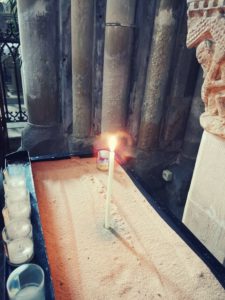
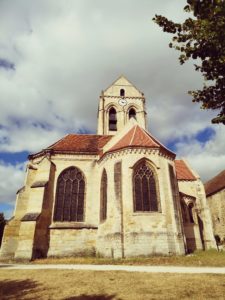
Not far from these roots, you’re invited to visit the church and the nearby cemetery where are buried Vincent Van Gogh and his brother Theo Van Gogh, dead one year after him. This is the occasion of a good walk, following footsteps of the artist, every year will thus be able to add a moving experience to their journey.
For your information, this Notre-Dame-de-l’Assomption Church was painted by Van Gogh when the artist had left the asylum of Saint-Rémy-de-Provence on May 16th, 1890 to join first his brother Théodore in Paris, before moving to Auvers-sur-Oise to be treated by Dr Paul Gachet. This church survived the centuries without suffering significant damages, and the only transformation undertaken was the addition of the chapel of the Virgin (dating back of the 16th century).
In this case, this perfect condition is a key point, since it is where Van Gogh spent the last ten weeks of his life and composed many canvases reflecting this edifice, in addition to the hundreds of paintings realized there.

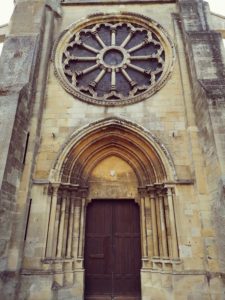
This parish Catholic church grounded towards the end of the eleventh century by the King Philippe Ist, then rebuilt at the instigation of Adelaide of Savoy who often resided in the royal mansion, located a little bit northern, just after the death of her husband Louis VI, in 1137. Then, occurred its reconstruction, starting with the eastern parts and ending with the nave, composed with an elevation of three levels, around the triforium.
This was done in the late Roman style, still evident in the capitals, quickly switching to the nascent Gothic style, notably visible in the pointed arch windows and ribbed vaults. As far as we know, the apse situated at the north is still purely Roman, but it is undoubtedly not prior to 1137. Moreover, two windows of the bedside were redesigned in the thirteenth century, this time in a radiant Gothic style, accentuating the stylistic difference between these two more contemporary parts, in reality.
Église Notre-Dame-de-l’Assomption / Place de l’Eglise, 95430 Auvers-sur-Oise (France) / Phone : 00 33 (0)1 30 36 71 19
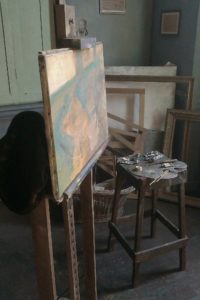
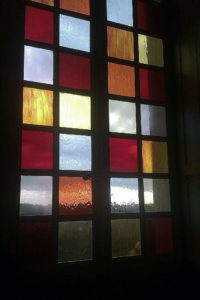
Still in the same village, and recently revived thanks to a 5.3 million euros investment after 8 months of works, the Auvers-Sur-Oise Castle welcomes you in its modern exhibition space. Where you could explore many interactive contents about local and more global art, including workshops of floral art and other ones dedicated to a young audience. You would know every thing about the History of the Impressionism movement, starring period material (photo credits: Alex Plato).
Between river, undergrowth and meadows, the village of Auvers-sur-Oise became the home of many painters who decide to settle there, in order to find a new inspiration and interaction. Therefore, no less than three generations of artists succeed from one to another. In 1860, the painter Daubigny, who knew the region since his childhood, has been the first to settle there. A good caution for his friends Corot and Daumier to help him to decorate the walls of his house, which also became the first home hosting Auvers‘ artists.
Furthermore, this artistic community became enriched, in 1866, Pissarro moved to Pontoise, to study the science of natural landscapes. He proposed his friend Cézanne to join him. This one accepted and moved to Auvers in 1872, the same year as Dr. Gachet, doctor of the Pissarro family. This homeopathic doctor, also an artist and collector, set up an engraving workshop, attended by Daubigny, Guillaumin, Corot, then Cézanne, Pissarro and later by Van Gogh.

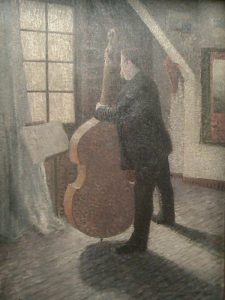 Otherwise, you should learn more about the work made by OMEO Architecture, developed for the Château d’Auvers. Born from the desire to propose a global concept for this site with multiple activities (cultural, touristic and commercial), while respecting its identity, its architectural and landscaped heritage and the technological audacity, this edifice has always proved, since its first opening to the public in 1994.
Otherwise, you should learn more about the work made by OMEO Architecture, developed for the Château d’Auvers. Born from the desire to propose a global concept for this site with multiple activities (cultural, touristic and commercial), while respecting its identity, its architectural and landscaped heritage and the technological audacity, this edifice has always proved, since its first opening to the public in 1994.
Lately, this OMEO‘s mission, in perfect consultation with the architect Daniel Passon. for the Château d’Auvers focused more on the immersive visit, untitled Impressionist Vision, Birth and Descendancy, a solid value!
On the other hand, you could notice that the museum‘s design has been modernized, along the surrounding gardens, the restaurant, the shop, the event center and seminars. A new structure able to host and offer accessibility to people with reduced mobility.
Therefore, this new cultural route in the castle doesn’t only offer to its visitors the opportunity to immerse themselves in the universe of the greatest painters, from the past 150 years, but it also shows some of the most beautiful artworks from the departmental collection of the Val d’Oise. A brief overview of these often overlooked masterpieces, constituting the pictorial heritage of this department, is available in this video below.
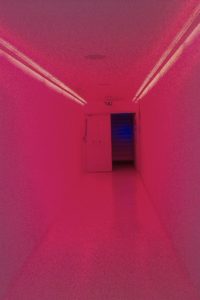
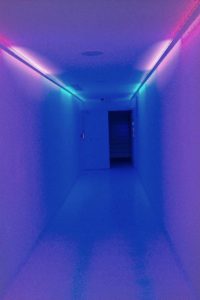 In order to stabilize the economic model of the Château d’Auvers, through its various propositions, among many cultural events, such as a selection between museography, scenography and catering, in order to entertain its title of Impressionist Destination.
In order to stabilize the economic model of the Château d’Auvers, through its various propositions, among many cultural events, such as a selection between museography, scenography and catering, in order to entertain its title of Impressionist Destination.
The result is a real melting pot, counting different exhibition spaces, integrating a huge part of digital sceneries. For this purpose, the Castle collaborated with Maya Press, a press agency, and Sisso, an agency specializing in visual identity and innovative content creation. Their combined know-how, both partners of OMEO, contributed to realize the first Internet site of information, dedicated to the world of Impressionist painters. This project was enriched with some editorial content, mainly on social networks highlighting the flow of interactive documents (images, texts and sound recordings), fueled by a committee of global experts.
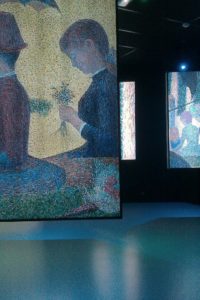
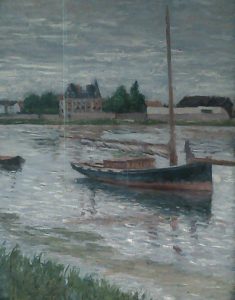 Offering a panorama on the wide Impressionism landscape, a first exhibition hall offers 300 m2 of interactive wall surfaces, adorned with a large suspended multimedia cube, in the center. The visitor is embedded in a full colorful immersion and encouraged to roam the space, along the projection of images, a succession of famous masterpieces realized by legendary painters and photographs of yesteryear, broadcasted on all the walls, the floor and the cube.
Offering a panorama on the wide Impressionism landscape, a first exhibition hall offers 300 m2 of interactive wall surfaces, adorned with a large suspended multimedia cube, in the center. The visitor is embedded in a full colorful immersion and encouraged to roam the space, along the projection of images, a succession of famous masterpieces realized by legendary painters and photographs of yesteryear, broadcasted on all the walls, the floor and the cube.
This path starts before the birth of the Impressionist movement, from the 1820s, telling how painting, and in particular landscape painting, underwent notable profound transformations. Following this revolution, a whole generation of painters imagined to liberalize the traditional and academic ways to observe landscapes, through a direct return to nature.
Directly inspired by the example of a couple of British (such as William Turner and John Constable) and Dutch pioneers from the seventeenth century. Thereafter, lead by Corot and Daubigny, this new school of natural art particularly settled on the Normandy coasts and in Barbizon. Along this way, these artists left the studio to appropriate the nature sceneries, initiating the Impressionist philosophy, while deepening the search on colors and lights, as main visual sensations. Indeed, they didn’t only paint nature but also their contemporary life, through seeking to represent the daily issues of their period, in their reality and its transience but also to express a certain impression felt. In fact, an aesthetic revolution was launched in depth towards modern art.
As far as we know, this generation of avant-garde painters comes up against the strong resistance of the Académie des Beaux-Arts and would have had to wait until the 1880s to enjoy a popular consecration. Therefore, this visit presents a composition of academic paintings, before evoking the early days of Impressionism. For your information, Napoleon III ordered the creation of the Salon des Refusés in 1863 to appease the anger of many painters, rejected by the jury of the Salon Officiel. Linked to this event, you could observe some artworks of Pissarro and Jongkind but people would have especially retained the scandal around “The lunch on the grass”, the masterpiece of Edouard Manet.
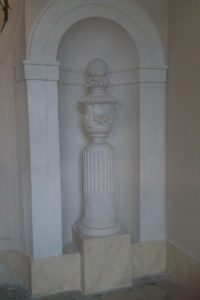
 For more reality, another room allows visitors to grasp the richness of the Impressionist legacy. From the 1880 years, several artistic currents commonly grouped under the name of Post-Impressionism arose with new currents, such as Neo-Impressionism, Divisionism (or Pointillism), Cloisonnism, Synthetism, Symbolism, as well as the prefiguration of Expressionism and even Fauvism. Through these neologisms, these successors of the Impressionists continued their research on lights and colorful vibrations, playing a liberating role which would have also anticipated some of the upcoming developments of 20th century painting.
For more reality, another room allows visitors to grasp the richness of the Impressionist legacy. From the 1880 years, several artistic currents commonly grouped under the name of Post-Impressionism arose with new currents, such as Neo-Impressionism, Divisionism (or Pointillism), Cloisonnism, Synthetism, Symbolism, as well as the prefiguration of Expressionism and even Fauvism. Through these neologisms, these successors of the Impressionists continued their research on lights and colorful vibrations, playing a liberating role which would have also anticipated some of the upcoming developments of 20th century painting.
Consisting of ten video monitors coming down from the ceiling and a projection screen on the wall, the scenography of this space encourages an authentic strolling zone and places the visitor in a proper position to facilitate his observation and understanding concerning the different styles and techniques.
That’s why these artistic movements, which were also human and friendly adventures, are presented in pairs: Georges Seurat and Paul Signac regarding Pointillism, then Louis Anquetin and Vincent Van Gogh (before his new friendship with Gauguin), and the birth of Fauvism with Maurice Vlaminck and André Derain.
On top of that, the visitors are invited to enter into the painter‘s studio and admire the settled decor as a real space of creation, thanks to an unfinished canvas displayed on the easel. Not far, a model armchair standing close to the paraphernalia of the painter, his brushes, his palettes and its colors. Therefore, a collection of vintage color tubes are presented, including those from the venerable Lefranc-Bourgeois house, to whom we owe the development of the screw cap, from 1859.
Château d’Auvers-sur-Oise / Chemin des Berthelées, 95430 Auvers-sur-Oise (France) / Open from Tuesday to Sunday, from 10am until 6pm / Phone: 00 33 (0)1 34 48 48 45

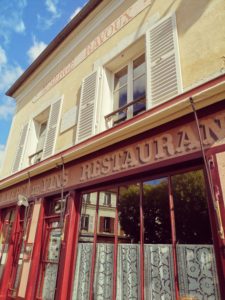
Don’t leave Auvers-sur-Oise, before having a step in the legendary Auberge Ravoux, a legendary artistic café and restaurant, since 1876, located just in front of the city hall.
In 1993, the Auberge Ravoux was one of the first restaurants to bring back the trend to place the service of casseroles placed on the table. That same year, the famous Paul Bocuse came to discover the Auberge‘s cuisine, lifted the lid of some casserole dish, inhaled the aroma that escaped from it and exclaimed “True cooking is that!” This remark would eventually forever remain as the most beautiful encouragement of this reborn establishment.
Indeed, this unique setting of the Auberge‘s dining room has unchanged with its only 10 tables, since the time when Vincent van Gogh took his daily meals there in 1890 and slept in his small spartan room, close to his neighbor Anton Hirschig, an other Dutch artist.
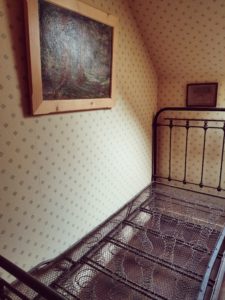
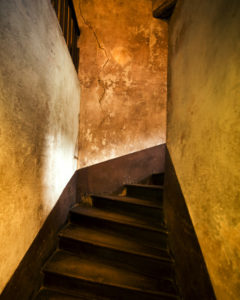 That’s the reason why, having a stop, in this memorable inn, is a real timeless experience, in contact with some bygone reality. Furthermore, in a 1954 interview, Adeline Ravoux, the innkeepers’ daughter, described the man she colloquially called “Monsieur Vincent” as a kind and courteous man: “He never brought back a dish.”
That’s the reason why, having a stop, in this memorable inn, is a real timeless experience, in contact with some bygone reality. Furthermore, in a 1954 interview, Adeline Ravoux, the innkeepers’ daughter, described the man she colloquially called “Monsieur Vincent” as a kind and courteous man: “He never brought back a dish.”
Indeed, Van Gogh knew how to be satisfied with what was served to him, and was not particularly fond of spending hours at the table. So true that when he was invited by his friend, the Dr Gachet, he regretted having to eat four dishes, where one would have been enough… As so often, Vincent‘s reflections were incredibly topical, so that the menu of the Auberge Ravoux‘ would have supposedly evolved, in the direction predicted by the painter.
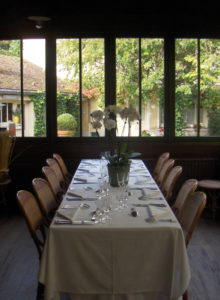
 In order to adapt to this new reality, for the actual times, the menu has been modernized, without altering its origins, thanks to three culinary experiences:
In order to adapt to this new reality, for the actual times, the menu has been modernized, without altering its origins, thanks to three culinary experiences:
– “Around a Ravoux casserole dish”: each week, the chef offers an emblematic dish from the Auberge Ravoux, served in a casserole dish, depending on the market (service between 12 noon and 2:30 pm). Possibility to complete this casserole dish with a starter and a dessert (more details on the “Père Ravoux’s menu” on the website).
– “Around a glass of wine”: a plancha to share or a plate to taste, made up of cheeses, deli meats or homemade pastries, and of course paired with a glass of wine or a hot drink (service between 2:30 p.m. and 5:30 p.m.).
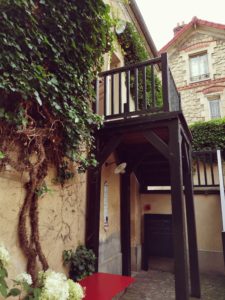
 – “Around the Van Gogh Table”: to celebrate an event with friends, possible with a privatization of the Van Gogh House, through a reception and visit for 35 people (max.). This privatization could be followed by an exclusive dinner in the dining room of the Auberge Ravoux, available from 7 p.m. until midnight. Last but not least, the team offers to their guests the possibility to develop their own menu with their chef, with notably dishes extracted from the book La table de Van Gogh à l’Auberge Ravoux (Hoebecke editions).
– “Around the Van Gogh Table”: to celebrate an event with friends, possible with a privatization of the Van Gogh House, through a reception and visit for 35 people (max.). This privatization could be followed by an exclusive dinner in the dining room of the Auberge Ravoux, available from 7 p.m. until midnight. Last but not least, the team offers to their guests the possibility to develop their own menu with their chef, with notably dishes extracted from the book La table de Van Gogh à l’Auberge Ravoux (Hoebecke editions).
More information and booking facilities on the official website, the guided tour of the Van Gogh‘s room is followed by a projection. This set lasts about 30 minutes and is operated with groups up to 20 people, from March 4th until November 15th, 2020, from Wednesday to Sunday:
– from 9:30 a.m. to 12:45 p.m. (departure of the last guided tour at 12:15 p.m.)
– from 1:30 p.m. to 6:30 p.m. (last guided tour departure at 6 p.m.)
Auberge Ravoux / 52 Rue du Général de Gaulle, 95430 Auvers-sur-Oise (France) / Phone : 00 33 (0)1 30 36 60 60
https://www.instagram.com/p/Bdzs7YwlBhw/?taken-by=francevisiting


